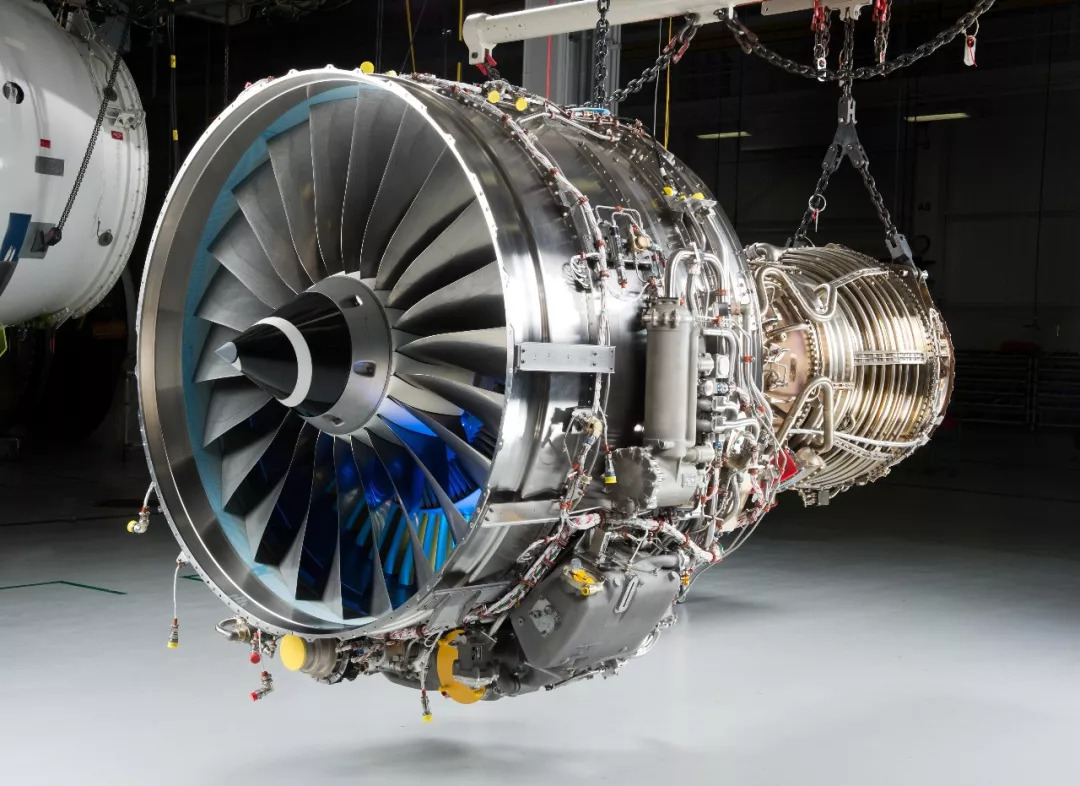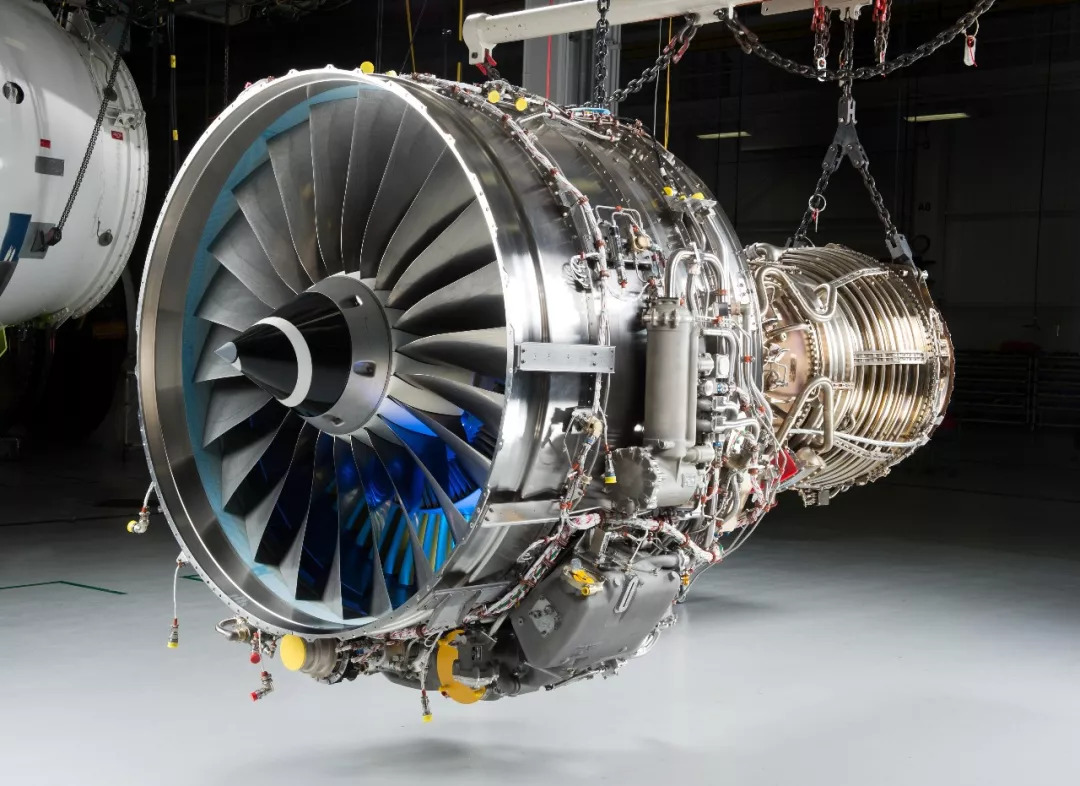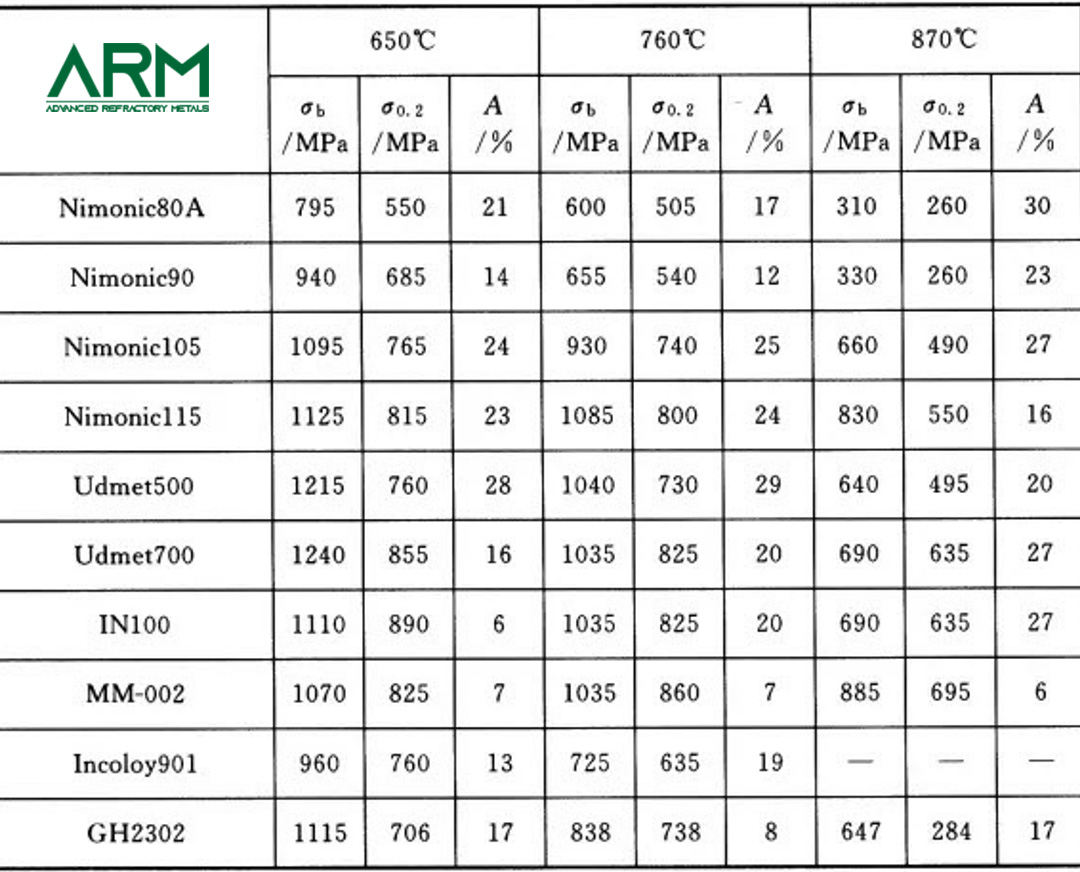High-Temperature Alloys: A Comprehensive Overview

Introduction to High-Temperature Alloys
High-temperature alloys, commonly referred to as superalloys, are a group of advanced metallic materials designed to withstand extreme environments—temperatures exceeding 600°C (1112°F), high mechanical stress, and corrosive conditions—while maintaining excellent mechanical strength, oxidation resistance, and thermal fatigue resistance.
These alloys are primarily based on nickel (Ni), cobalt (Co), or iron (Fe), with significant additions of strengthening elements such as chromium (Cr), aluminum (Al), titanium (Ti), tungsten (W), and molybdenum (Mo). Their exceptional properties make them critical for aerospace engines, power generation turbines, nuclear reactors, and chemical processing equipment.

Fig 1. High-Temperature Alloys Applications
Historical Development of High-Temperature Alloys
1. 1930s–1940s: Early Developments
- The first high-temperature alloys emerged in the UK, Germany, and the US to meet the demands of aviation and military applications.
- Nimonic alloys (UK) introduced γ' (gamma prime, Ni₃(Al,Ti)) precipitation strengthening in nickel-based alloys.
- The US developed Vitallium (Co-Cr-Mo) for turbochargers and Inconel (Ni-Cr-Fe) for jet engine combustors.
2. 1950s–1970s: Expansion & Diversification
- Nickel-based alloys were enhanced with W, Mo, Ta, and Re (e.g., Mar-M 247, René 80).
- Cobalt-based alloys (e.g., Haynes 188, X-45) saw limited use due to cobalt scarcity.
- Iron-based superalloys (e.g., A-286, Incoloy 800) were developed for less extreme conditions.
- Directional solidification (DS) and single-crystal (SX) casting techniques were pioneered for turbine blades.
3. 1980s–Present: Advanced Manufacturing
- Powder metallurgy (PM) superalloys (e.g., René 95, Inconel 718 PM) enabled high-strength turbine disks.
- Oxide dispersion-strengthened (ODS) alloys (e.g., MA754, PM2000) improved creep resistance.
- Additive manufacturing (3D printing) is now used to produce complex superalloy components.
Classification of High-Temperature Alloys
1. By Base Element
|
Alloy Type |
Key Features |
International Grades |
|
Nickel-Based |
Most widely used, excellent high-temperature strength |
Inconel 718, René 41, Hastelloy X, Waspaloy |
|
Cobalt-Based |
Superior hot corrosion resistance, used in guide vanes |
Haynes 188, Stellite 6B, X-40 |
|
Iron-Based |
Cost-effective, used in lower-temperature applications |
A-286, Incoloy 800H, N155 (Multimet) |
Further reading: Common Nickel-Based Superalloys and Their Uses

Fig. 2 Mechanical Properties of Nickel-Based High-Temperature Alloys
2. By Processing Method
|
Type |
Manufacturing Process |
Key Alloys |
|
Wrought Alloys |
Forged, rolled, or extruded |
Inconel 625, Haynes 230, Nimonic 80A |
|
Cast Alloys |
Investment casting (equiaxed, DS, SX) |
Mar-M 247 (DS), CMSX-4 (SX), IN-713C |
|
Powder Metallurgy (PM) |
Hot isostatic pressing (HIP) |
René 88DT, LSHR, Astroloy |
|
Strengthened (ODS) |
Mechanical alloying + HIP |
MA754, PM2000, Inconel MA6000 |
3. By Application
|
Component |
Key Requirements |
Common Alloys |
|
Turbine Blades |
Creep resistance, fatigue strength |
CMSX-4 (SX), René N5, PWA1484 |
|
Turbine Disks |
High tensile & fatigue strength |
Inconel 718, René 95, U720Li |
|
Combustors |
Oxidation resistance, weldability |
Hastelloy X, Haynes 230, Inconel 617 |
|
Guide Vanes |
Thermal fatigue resistance |
FSX-414, Mar-M 509, X-40 |
Key Applications of High-Temperature Alloys
High-temperature alloys find their primary application in the aerospace sector, accounting for approximately 55% of total demand. These advanced materials serve as critical components in aircraft engines, where they are extensively used in combustion chambers, guide vanes, turbine blades, turbine disks, exhaust nozzles, and casings. Beyond aerospace, their exceptional heat and corrosion resistance makes them indispensable in gas turbines, petrochemical processing, industrial equipment, and automotive systems.

Fig. 3 Turbine Blades
1. Aerospace & Jet Engines
Since their inception, high-temperature alloys have been fundamental to jet engine technology. Modern aircraft engines rely on these materials for four key hot-section components: the combustion chamber, guide vanes, turbine blades, and turbine disks. Additionally, they are used in engine casings, ring assemblies, afterburners, and exhaust nozzles. Notable alloy applications include:
- Combustor liners: Hastelloy X and Haynes 230 for oxidation resistance
- High-pressure turbine blades: Single-crystal alloys like CMSX-4 and René N6 for creep resistance
- Turbine disks: Inconel 718 and René 88DT for high fatigue strength
2. Power Generation (Gas Turbines)
In the energy sector, these alloys enable efficient power generation through:
- Industrial turbine blades: IN-738LC and GTD-111 for sustained high-temperature operation
- Heat exchangers: Incoloy 800H and Haynes 556 for thermal stability
3. Automotive Turbochargers
The automotive industry extensively uses nickel-based superalloys for turbocharging systems:
- Turbine wheels: Typically employ Inconel 713C or Mar-M 247, integrated with the turbine shaft and compressor wheel to form the rotor assembly
- Exhaust manifolds: Utilize Nimonic 75 or Incoloy 825 for thermal management
4. Nuclear & Chemical Industries
In nuclear applications, these materials perform irreplaceable functions in:
- Reactor components: Inconel 690 for fuel cladding and Hastelloy C-276 for structural parts
- Petrochemical equipment: Incoloy 625 and Haynes 282 for corrosion-resistant reactors
The World Nuclear Association projects global nuclear capacity will grow at 2.6% annually, reaching 615 GW by 2040, with China and Russia driving much of this expansion - creating significant demand for nuclear-grade superalloys.
5. Other Industrial Applications
Beyond these primary applications, high-temperature alloys also serve critical roles in glass manufacturing furnaces, metallurgical processing equipment, and medical implants/devices due to their exceptional thermal stability and corrosion resistance.
This widespread utilization across multiple industries demonstrates the unique capabilities of high-temperature alloys in enabling advanced technologies that operate under extreme conditions.
Conclusion
High-temperature alloys are indispensable in modern engineering, enabling jet engines, power plants, and industrial systems to operate at extreme conditions. With ongoing advancements in material science, manufacturing, and coatings, superalloys will continue to push the boundaries of performance, efficiency, and sustainability in high-tech industries. For more information and technical support, please check Advanced Refractory Metals (ARM)
{{item.content}}
LEVE A REPLY
{{item.children[0].content}}
{{item.content}}






